Regardless of what I had thought to write this week, recent events prompt me to publish some photos instead. My wife and I visited Paris in May and though I’ve posted a few of these pictures earlier on Facebook and Ello, I hadn’t got Stops and Stories up to speed then, so they are new here.
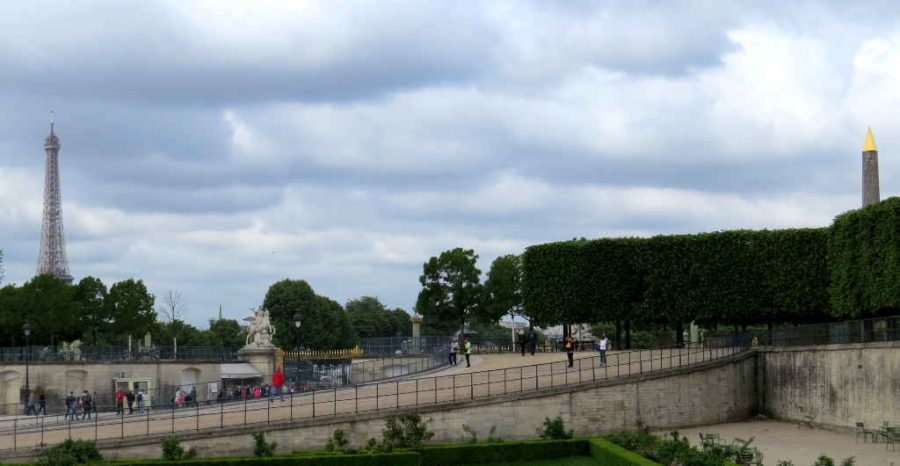
Paris is an iconic city, with iconic buildings. It’s hardly surprising it should be a target for people who have demonstrated a hatred of icons other than their own black flag and the book they interpret at will.
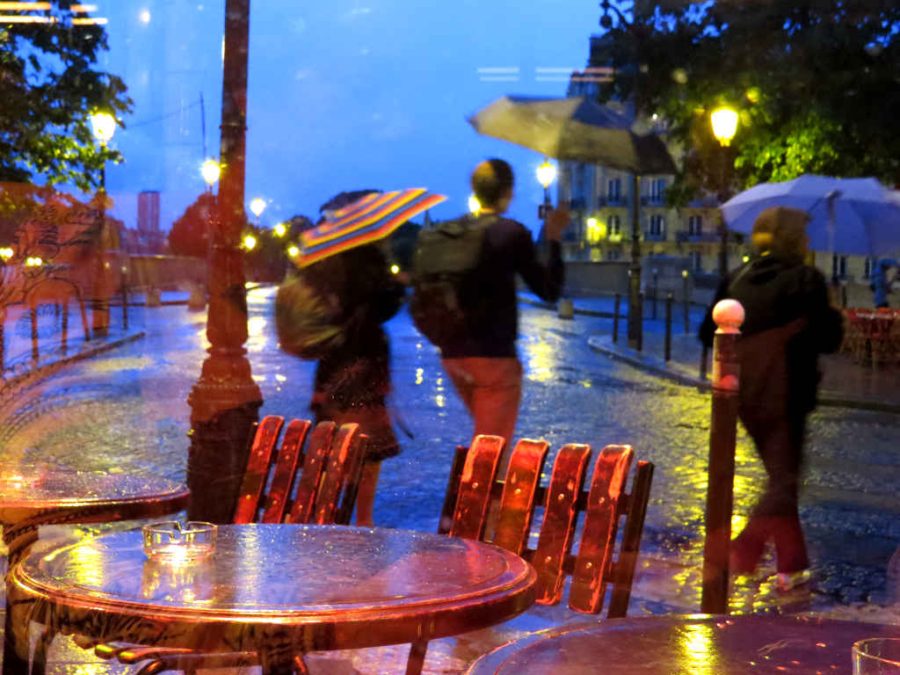
Paris is a city of light and colour, of freedom and dreams. Those who attacked Paris last Friday hate the light. For them, colour is an enemy. Their flag is black. For them, freedom is enfeeblement. They cannot allow any dream but their own, and they dream of death.
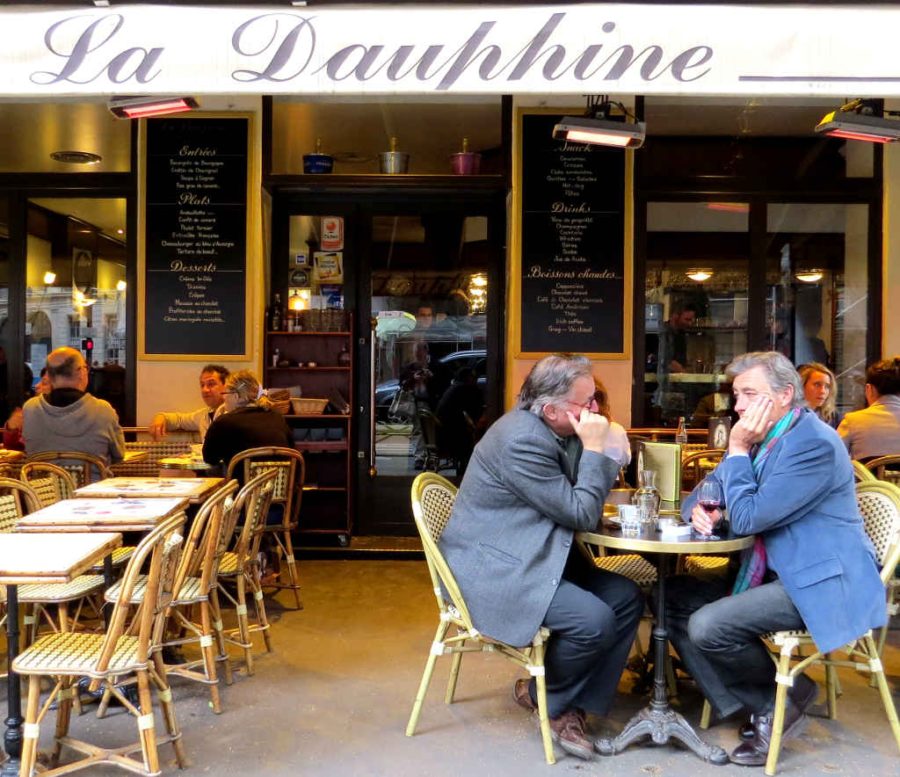
Paris is a city filled with the vibrancy of people from different backgrounds, cultures and beliefs meeting in both love and debate (and the love of debate). Those who attacked Paris last Friday hate these things. They hate difference, discussion, debate.
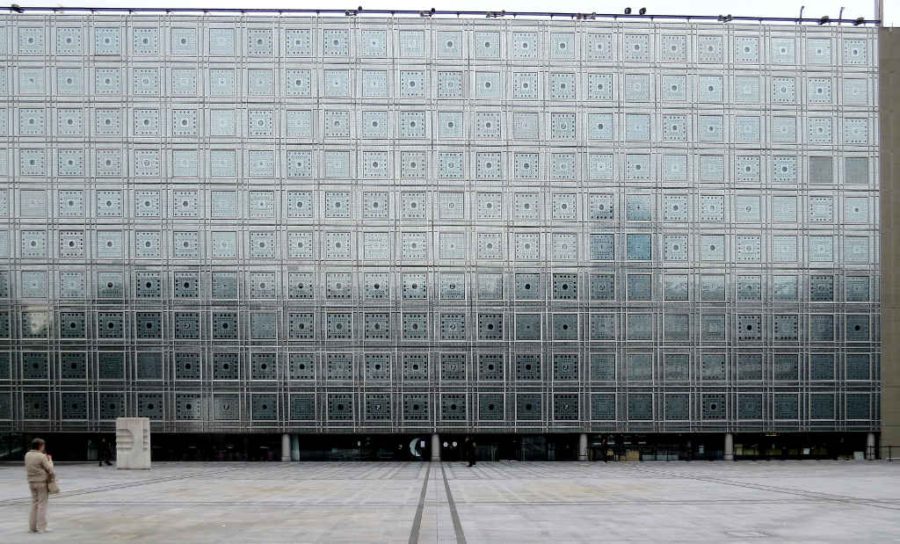
They probably hate the portrait of early Islam painted in the Arab World Institute. At least six of the people murdered on Friday were from the Moslem community of France (and by far the majority of all victims of this terrorism world-wide are Moslems).
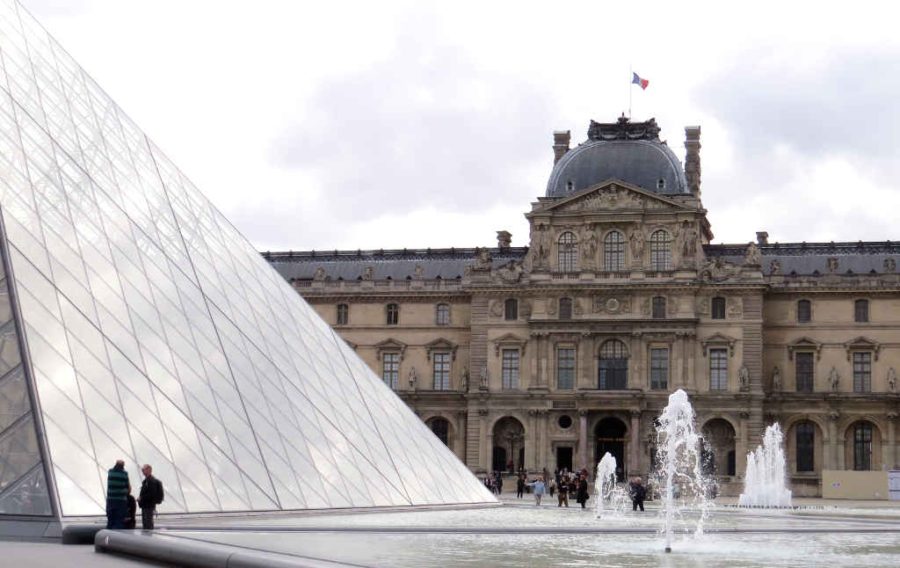
It’s only 70 years since another group of people threatened Paris. People who also worshipped the dark, who dressed in black, who dreamed of death. They planned to destroy the city, all its buildings, all its icons, all its art and, if necessary, all its people. They failed.
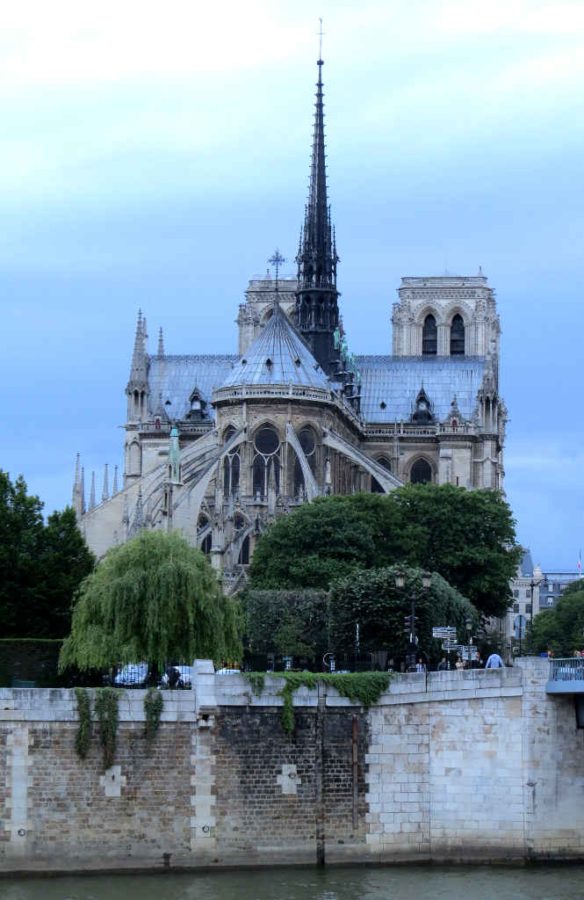
Why are we afraid that a handful of fanatics might succeed where the German army of occupation, with all its resources, with all the will of Nazi ideology, yet failed? These recent events, terrible though they are to all caught up in them directly or indirectly, heartrending though we may find them, are insignificant in the stream of history. They make a little splash in the flowing waters of time. Then the waters close over them and flow on.
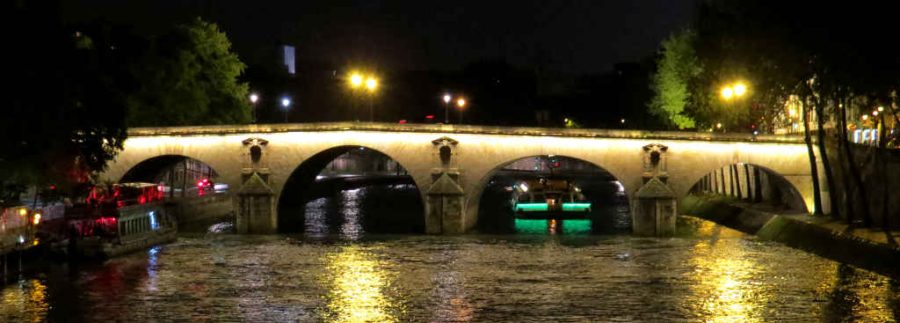
This morning on the radio I listened to an interview with Phillipe Sands and Niklas Frank. The one is not only a Professor of International law, he is also the grandchild of a Jewish family murdered in the holocaust in Poland. The other is the son of Hans Frank, the Nazi Governor-General of occupied Poland during World War II. The two have recently collaborated on a documentary What Our Fathers Did: A Nazi Legacy. Phillipe Sands made the point, how, 70 years down the line, who can say whether a child of Friday’s victims and a child of Friday’s murderers may not also sit with one another in friendship?
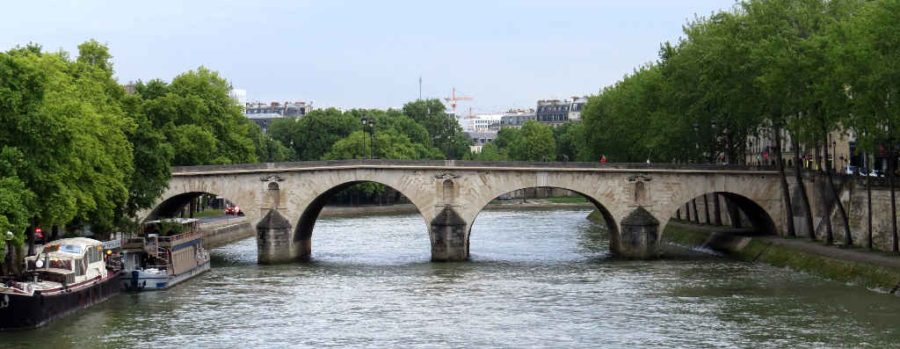
Now is a time to mourn, but not a time to despair. And, if you can, save some pity for the miserable men and women who committed this atrocity. What tortured, distorted, dull and infected minds they must have lived with to bring them to a situation where murdering their brothers and sisters seemed like a good idea.
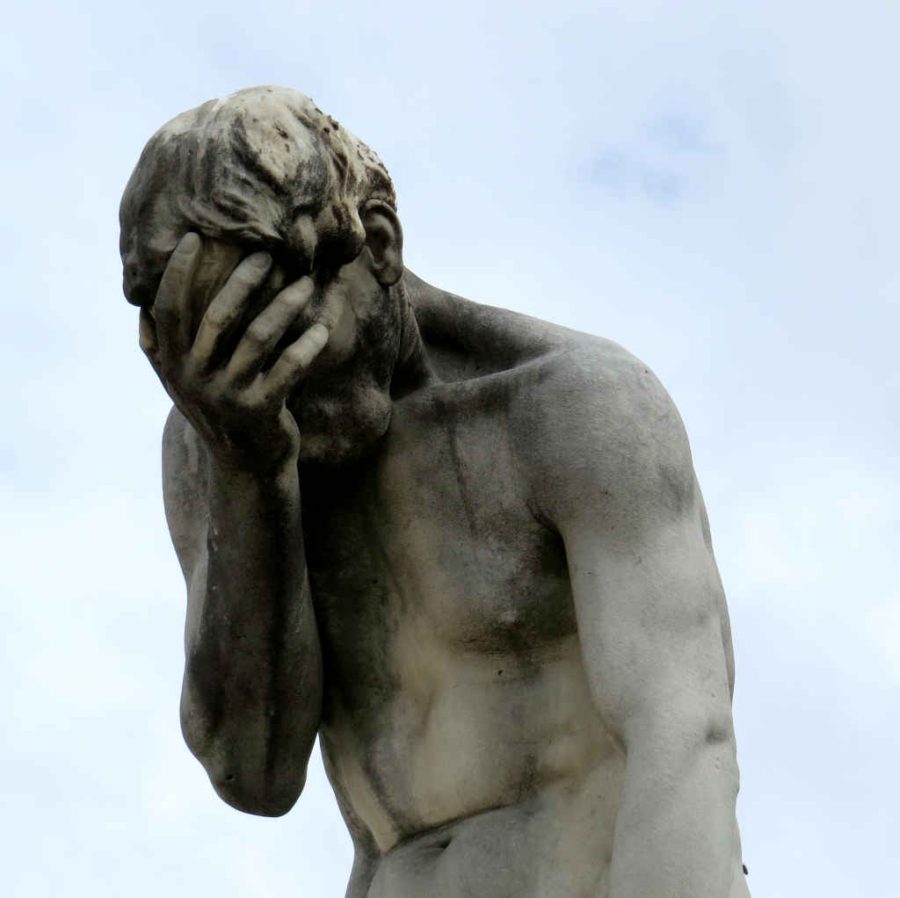
This article was written for the #Blogg52 challenge.
I originally published this article on the separate Stops and Stories website. Transferred here with a little polishing for SEO and a new featured image 14 November 2017.

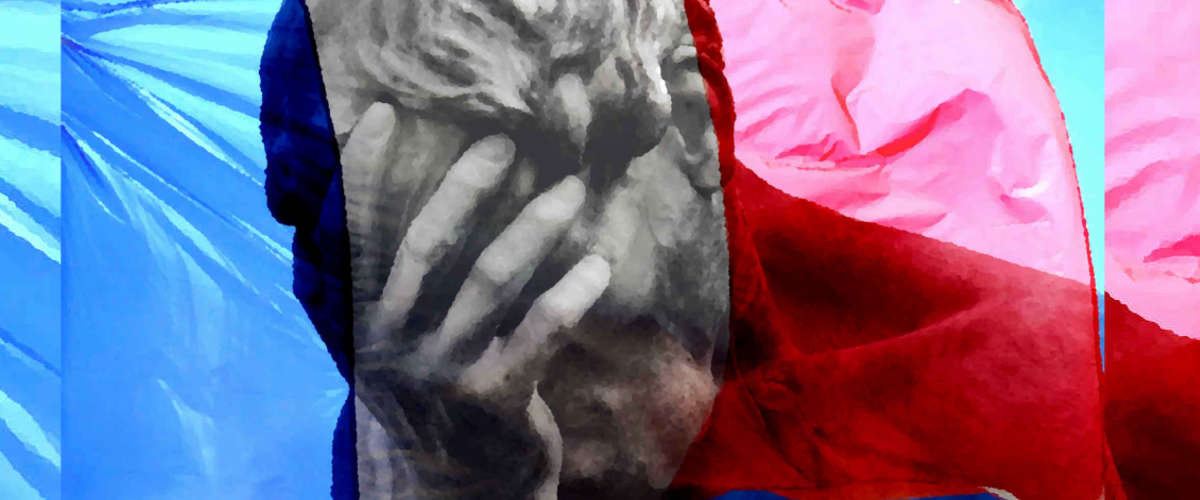
What a beautiful post John! Made me teary eyed. As usual, wonderful photos, but this time it’s the text that really got to me. Really made me think, especially the story about Phillippe Sands and Niklas Frank and their collaboration. Your comment about the children of the future, that perhaps todays victims and todays terrorists, or rather their children, might one day be playing together in peace. What a beautiful thought.
Thank you Aleks. I’m glad you liked the entry.
Så fint skrivet! Beautiful thoughts, text and pictures.
Tack Eva! 🙂
Tack för ett fantastiskt och viktigt inlägg!
All my love!
Kim
Tack själv Kim. Hugs!